Sobriety is exhausting.
So is addiction.
And so is backpacking.
All are tough with a lot of ups and downs that make it difficult to fully appreciate what is happening in the moment. And two out of those three things are understood by most to be good.
The main trouble with a lot of the framing around addiction and recovery is the notion that, somehow or another, we’ve gotten into some bad stuff. And the only way we’re going to get better is to work our way out from underneath all of that bad stuff. When we do, life will become amazing, though we’ll need to remain vigilant in keeping away from anymore bad stuff lest it accumulate to the point of having to start the process all over again.
There is some value in this perspective. But it suggests that a lot of unhealthy processes are at work, conspiring to get us into trouble. Recovery then, is developing an awareness of those processes and developing alternatives that keep one out of the weeds. But I’m not sure that we ever get cleared of our association with all that bad.
We suggest that addiction is largely accidental, tripped into through innocence and miscalculation. Most importantly, we want to highlight the good intentions that we believe lie at the heart of the addictive process.
Let’s get back to the trail.
You’ve been reading guidebooks and blogs and scanning social media feeds and everybody is unanimous: there is in some far off place the GREATEST HIKE EVER.
Hiking is good. It’s healthy. It requires some physical conditioning. Movement in nature is precisely what we all need more of to restore heart, mind, body, and spirit. Life has you burnt out and this trip is everything you need to snap you out of your rut.
You want to feel better than you do. You want to be better than you are.
You don’t have any backpacking experience, but that’s OK. There is a ton of stuff online, including friendly message boards where you can ask questions, so you get busy with all of that research and preparation. It’s a bit overwhelming, but nothing of value comes easy. You remind yourself of this as you continue to take notes.
There is a lot of talk among backpackers about gear. Make sure you get good stuff, they say. Gear is not the place to cut corners.
But you are not ready for the sticker shock that follows. Just the basics, a backpack, sleeping bag, and tent, will take you easily into the four-figures. And you’ll need other things like a mess-kit, maybe some technical clothing, a good pair of shoes, and food.
You are on the verge of quitting the whole thing. These numbers are pricing you out of what you know deep in your bones to be the transformative experience of a lifetime. Surely, there must be another way.
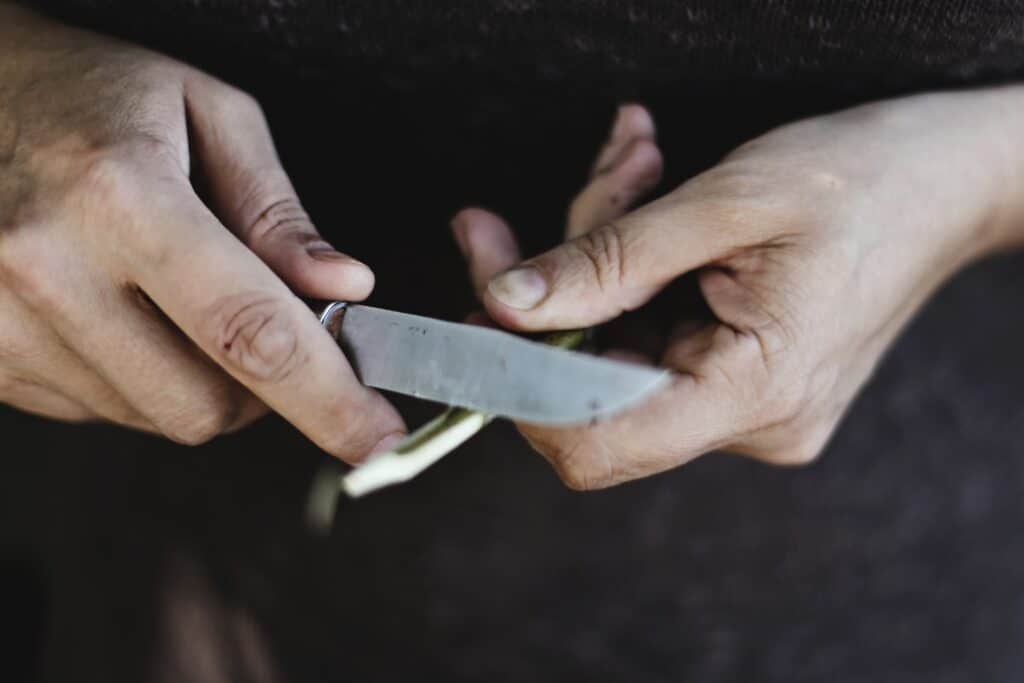
It’s not long before you stumble across the writings of a bushcrafting minimalist. He’s done this trip with nothing but a knife and a few teabags. That’s exactly the validation you were looking for. No need to be that extreme, but clearly there is a balance to be struck between maximal and minimal preparation that will save you money and put you one step closer to your dream trek.
Newly inspired and with increased confidence, you save heaps on gear by trimming down your shopping list considerably and letting Amazon reviews guide your decisions. Within the week you’ve got everything you believe you need based on the composite of information and opinions meticulously acquired through diligent online research.
This hike is a big deal with lots of guided services offering packages to make sure you get the most out of the experience. But guides are expensive, and it’s not like they have anymore information than is readily available on YouTube where people have literally vlogged the entire journey, mouths agape with the wonder and delight of it all. Besides, you’ve got barely enough money for transportation to get you to and from the trailhead. Pulling together enough money for a guide service would set you back a few months and you are ready to have your life changed NOW.
As excited as you are, it’s still a bit scary. What if you get hungry? As insurance, you pack some extra food. Thinking about it, you might take longer on the trail than expected. Better to be safe and pack some extra clothes. And one more pair of shoes. And more food. If you roll an ankle, you might have to camp for a few days before you can pack out. Maybe a little extra food.
Everything you read made clear that your pack weight should come in around 30 pounds or so. You’re a bit closer to 50 pounds, but that’s mostly food that you’ll be eating, reducing the weight as you go. Still, when you shoulder your loaded pack, it’s hard to ignore how heavy it is. But a few steps around your bedroom, and yep- this is doable.
And with that, you set out.
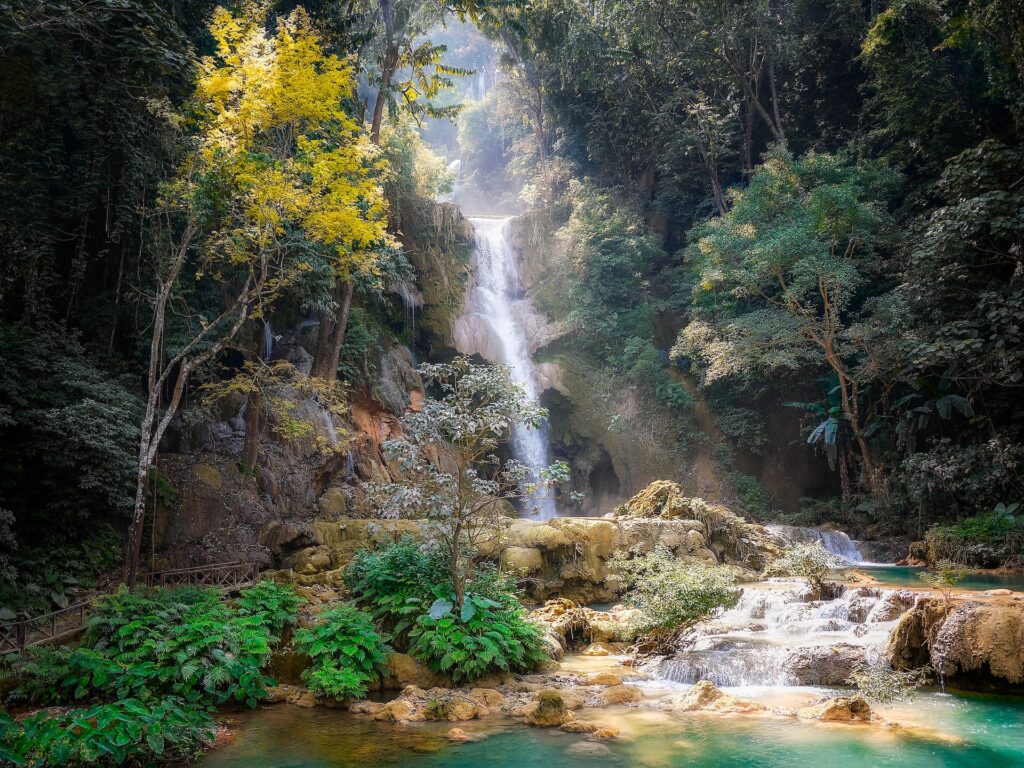
On the trailhead now and it’s even more magnificent than you imagined! The fresh air, the smell of the trees, the effervescence of the falls- none of this could be experienced virtually. You knew it would be beautiful, but this is paradisiacal immersion!
There are some guided groups getting ready to set out and you decide to allow them a head-start. You want to experience this without the chatter of others. Just you and beatifying nature.
Your itinerary calls for 10 miles before making camp for the night. You’ve walked six miles to buy groceries before, and that wasn’t hard at all. If you do get tired, you can always take a break.
Finally, the time has come. Now that the others have left, the trailhead is blissfully quiet apart from the wind through the foliage and the hushed roar of the falls. You shoulder your pack and begin your adventure.
This is hard.
The ground is uneven and rocky. Your heavy pack, poorly loaded, is putting you off balance and the straps are chaffing your shoulders. You’re breathing harder than you expected, breaking a sweat, and, most worrying, you’re a bit lightheaded.
Ten minutes in and you take your first break. Removing your pack, you grab a snack. Maybe it’s your blood sugar and the excitement of it all? You catch your breath, remove your puffy jacket, finish your energy bar, slip back into your pack, and stand up.
Man. That’s heavy. And there’s a climb just ahead.
Time to recalibrate. You do some math. If you slow your pace and take a 5 minute break every 20 minutes, you should still make camp before nightfall. And if not, you’ve got a backcountry permit that will allow you to pitch a tent just about anywhere. There’s no rush, you remind yourself. It’s about the journey, not the destination.
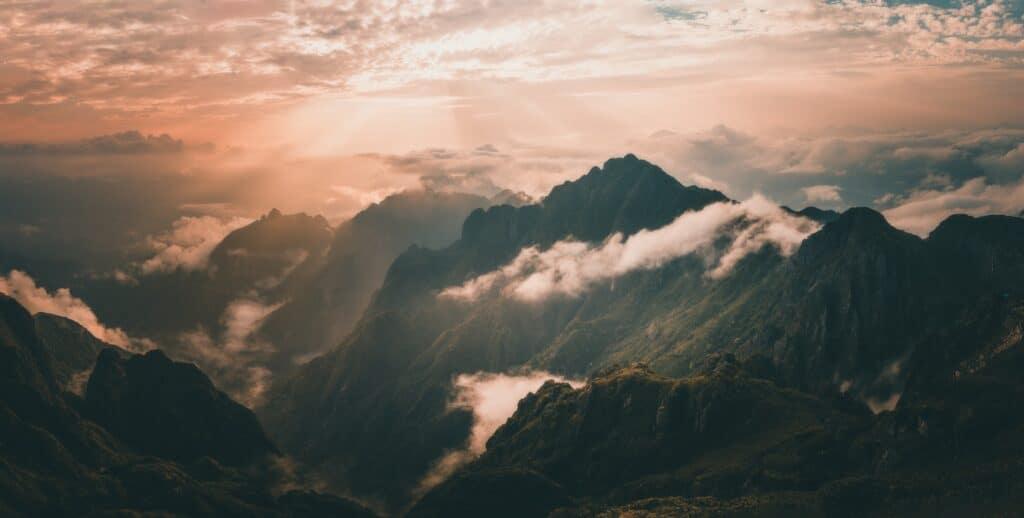
That’s when you remember the lake vista side trip. About three miles in there’s the option to break trail and a quarter mile downhill (thank goodness) the vegetation will clear leaving you on a ledge overlooking a small pool of sparkling turquoise. The Lost Lake. You’ve seen the picture so many times and even though you’re running behind schedule, it’s not like you’ll ever be here again.
It’s a must-see.
Carpe diem.
You forgot to set your fitness tracking app to record your mileage, but it sure feels like you’ve been hiking forever. Must be at least two miles in. You start tracking now to estimate the point at which you will leave the trail to see the lake.
And sure enough, after another hour you’re convinced you can see a footpath stretching into the verdure to your left. You leave the well-worn trail and step onto the “road less traveled,” excited to have connected with that celebrated metaphor.
All trace of the path is swallowed up by the greenery after only a few minutes. But you are moving downhill and that’s reassuring. You eye your fitness tracker and press on.
After a quarter of a mile, nothing.
Half a mile, still nothing.
Backtrack a little. Is that a path? Looks like it. Time to commit. Thank God it’s downhill.
You imagine what your friends and family will say when you post your picture of the Lost Lake.
Another quarter of a mile and no lake.
It hits you hard that getting back onto the main trail is going to take more than an hour of uphill bush-wacking with a loaded pack. And that’s when the stitching on the left-shoulder strap gives way.
The pack is busted. The Amazon reviews were probably bots.
Time for a break. And a snack. Maybe the rest and calories will inspire you to solve the strap issue, or to keep searching even without the pack, or at least figure out where you went wrong.
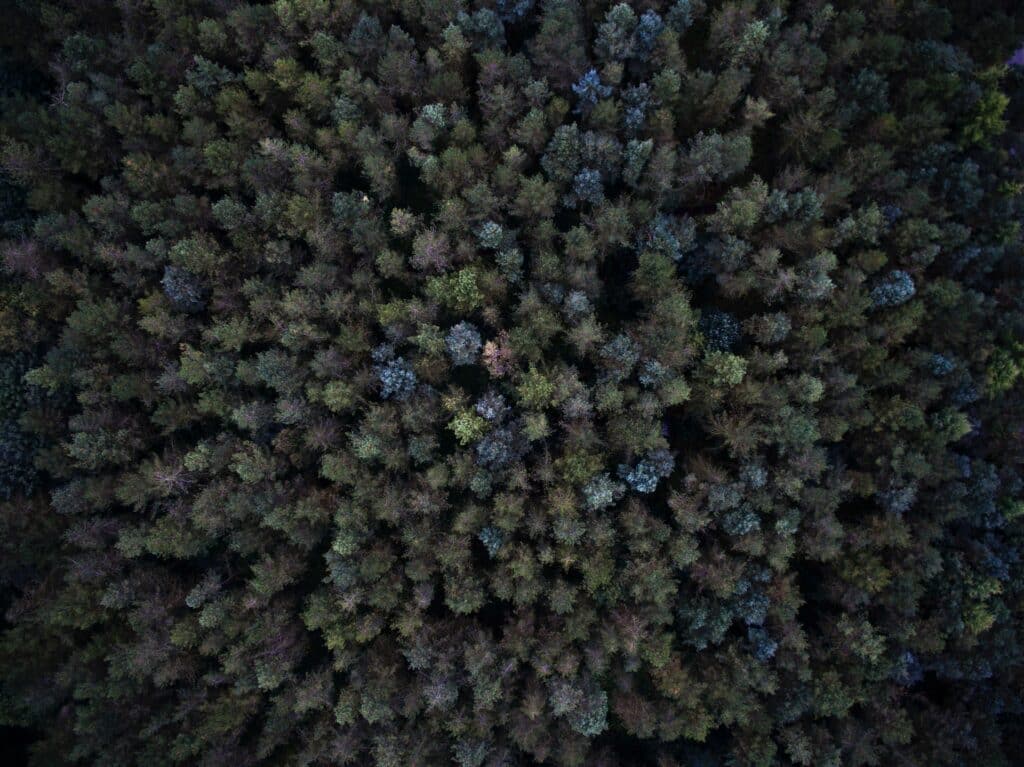
We’ll step away from our story because it’s not going to get any better. Our protagonist won’t make camp by nightfall. Everything that comes up next is dark, cold, and scary.
Just like addiction.
And just like addiction, by the time you realize there’s an issue, you’re already lost.
At the heart of the story is a person who wanted to try something new, to break up the tedium of daily life, to feel something that hadn’t been felt in a long time. Or maybe never felt at all.
This is someone who wasn’t afraid of breaking out of their comfort zone and getting educated in the process. This was someone with a good intention who was willing to put in work.
Unfortunately, it was the wrong kind of education and the wrong kind of work.
Because we don’t know what we don’t know.
We stated earlier that addiction is accidental, a consequence of naïveté and miscalculation. We’ll add to that our belief that behind all of that is an attachment disorder.
Addiction is rooted in a failure to bond with others.
In this story, everything leading up to the adventure was digitally mediated. The inspiration, the information, and the preparation: it was all virtual.

At no point did the subject of our story meet with others, ruck with a hiking group, or talk with staff at a sporting goods store. On the trail, there was one final act of avoidance: keeping clear of the people and the guides who could have proven so helpful.
This social avoidance is typical for the addict who refines a sense of self-reliance after being let down time and time again by others. We can get pretty far on our own, farther than most might guess, and we’re proud of that.
But that pride is obstructive. It’s a blind spot lulling us into a misguided belief that we can handle anything. It might not be graceful, but we’ll figure it out.
Besides, we can’t shake the feeling that those who have let us down in the past have done so because we are a bother. We mitigate this insecurity by loading our packs with all of the things we imagine will make life easier.
This is not a bad person doing bad things.
This is someone trying to feel better, and in the absence of constructive, supportive relationships, has elected shortcuts that allow for the bypassing of others.
There may have been warnings, of course. But those warnings were weighed against the absence of trust in the warners, optimistic confidence in the validity of work-arounds, and, most critically, the absolutely immediate imperative to do the thing that needs to be done now.
In the short-term, the gamble often works. Whatever the eventual addiction, initial usage won’t nearly be as bad as everyone says. Life will be richer with the excitement and novelty of a new process that elevates one beyond immediate circumstances and into new vistas of possibility.
If we’re lucky, that won’t last long. The idiocy of our choices will become immediately apparent inviting rapid reassessment and course correction.
The truly unfortunate are those of us for whom the addiction works well.
When reality hits us, we may be very, very deep in a dark wood with nobody around to help and very few options apart from resigning ourselves to the wolves.
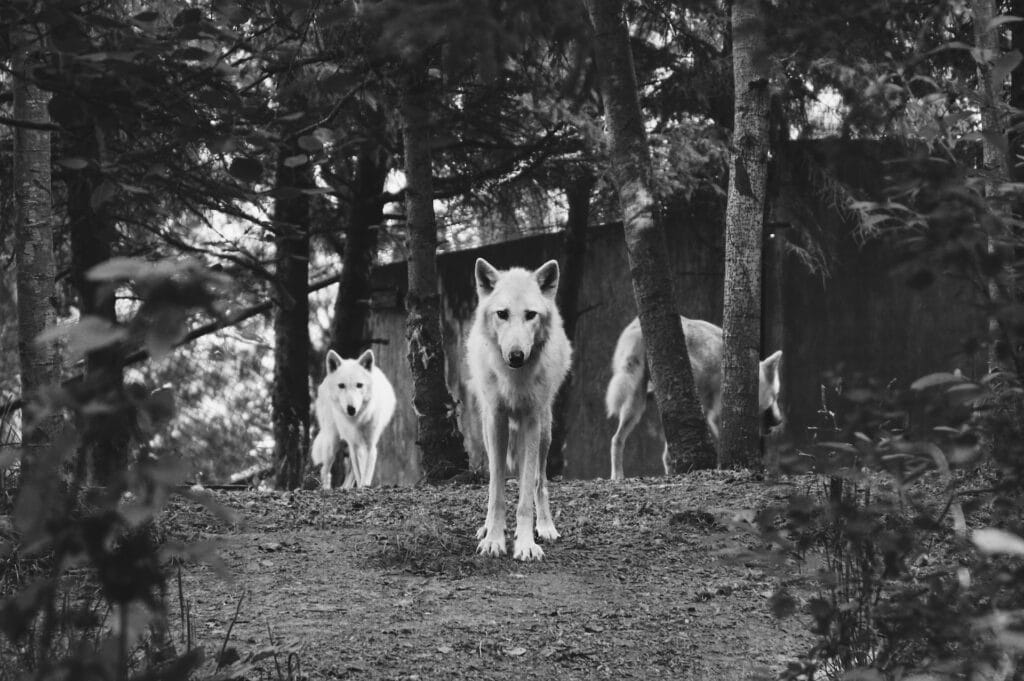
That’s a tough spot.
Should we stumble across someone in such a state, we need to recognize the purity, hope, and desperation that informed the beginning of our wayward sojourner’s expedition.
But we don’t stop there. This is someone who makes bad decisions and doesn’t trust people.
Leading them out to the main trail is going to take a lot of persistence, encouragement, and the establishment of clear expectations. It’s not a task that most of us are up for, and even if we are, we need to promise ourselves that we’ll never work harder to get someone back on the path than they are willing to work themselves.
The American Muslim community has a piss-poor legacy of supporting addicts and their recovery. There are precious few initiatives run by passionate, well-intentioned, and miserably funded individuals, and their work should be celebrated.
As a result of our communal neglect, we have not developed the skills in our community to mitigate the rising flood-waters of addiction that threaten to carry us away entirely. We used to worry about tobacco and alcohol and did nothing apart from shaming those who partook. Now we can add widespread prescription opiate abuse, pornography, video gaming, and social media addictions to the list of destructive compulsions that have caught us completely off-guard.
We will have more to say on this most important of topics, insha Allah.
For now, we hope only to introduce a manner of understanding the addictive process in a way that keeps our brothers and sisters in our graces as we work toward solutions, with God’s help and permission.
Leave a comment below for posterity or join us in the D&T Chautaqua Discord to discuss this post with other adventurous spirits from around the world.
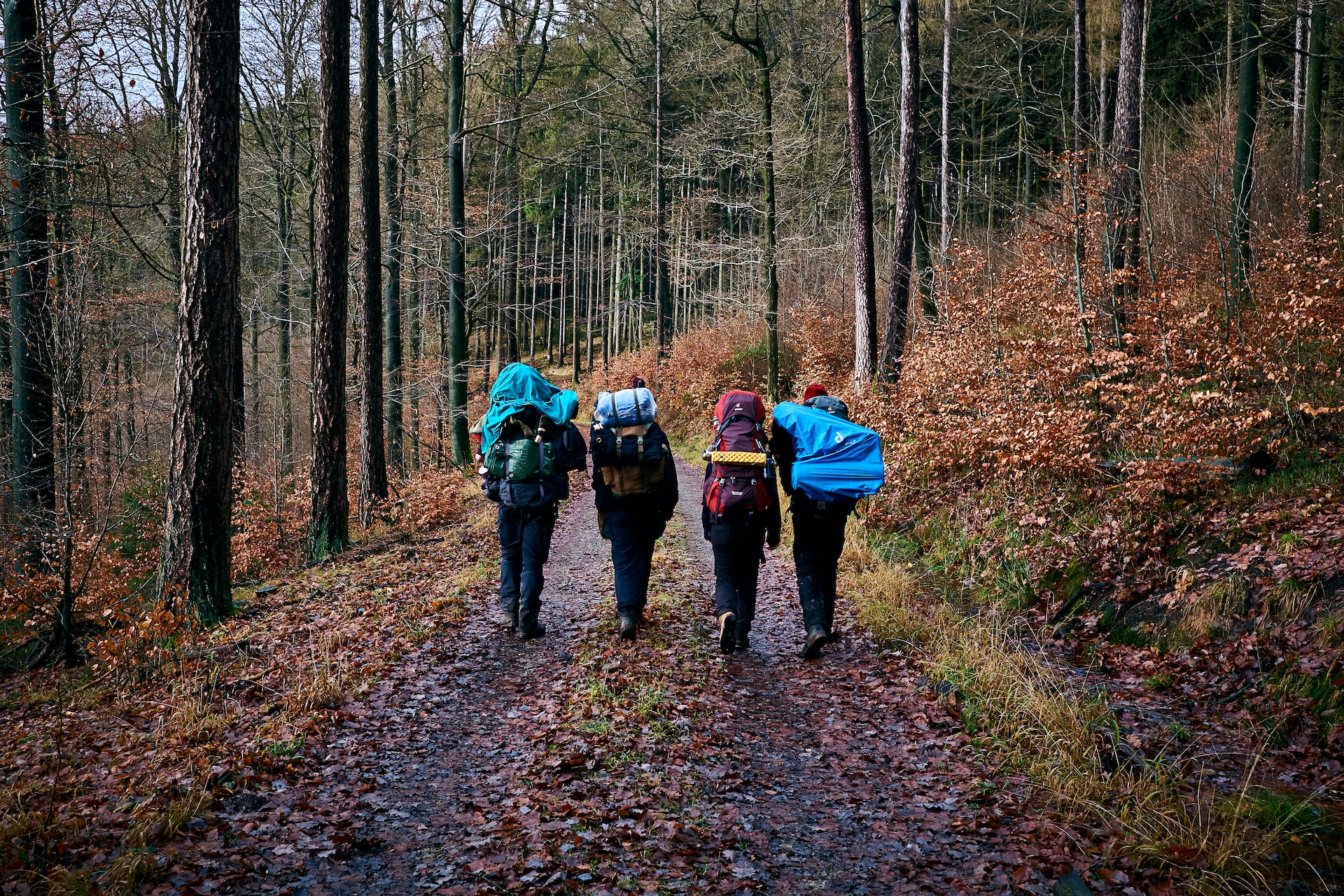
Starting out, I thought I’d just be reading a meaningful post although not relevant to me. But the more I read, the more I saw myself in these descriptions. There’s lots of warning signs, and lots to think about…I appreciate the guidance.
We are all created to serve. This is a purpose easily hijacked, even if we’re careful. May God protect and guide us always.
Ameen 🤲
Sub7an Allah. I too, like Anas, thought I’d be reading a different kind of post, one exploring the benefits of hiking for people suffering from addiction. I can’t believe how profound this article is. The more I read it, the more shocked and humbled I was. Your statement about “good intentions that we believe lie at the heart of the addictive process” alone brought tears to my eyes. This article is so profound, it needs to be printed and saved. May Allah bless you, your family, and all of D&T ya Ahmed, and reward you with immense khair in this life and the next for your wisdom; my life has changed for the better SO much since becoming a part of D&T.
😭❤️
Ameen ❤️